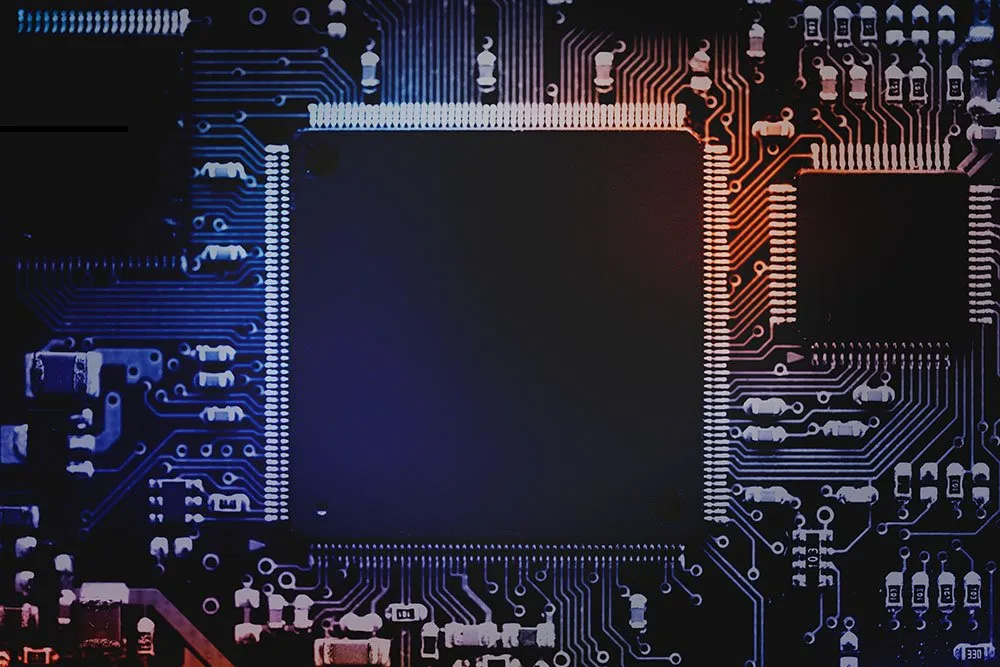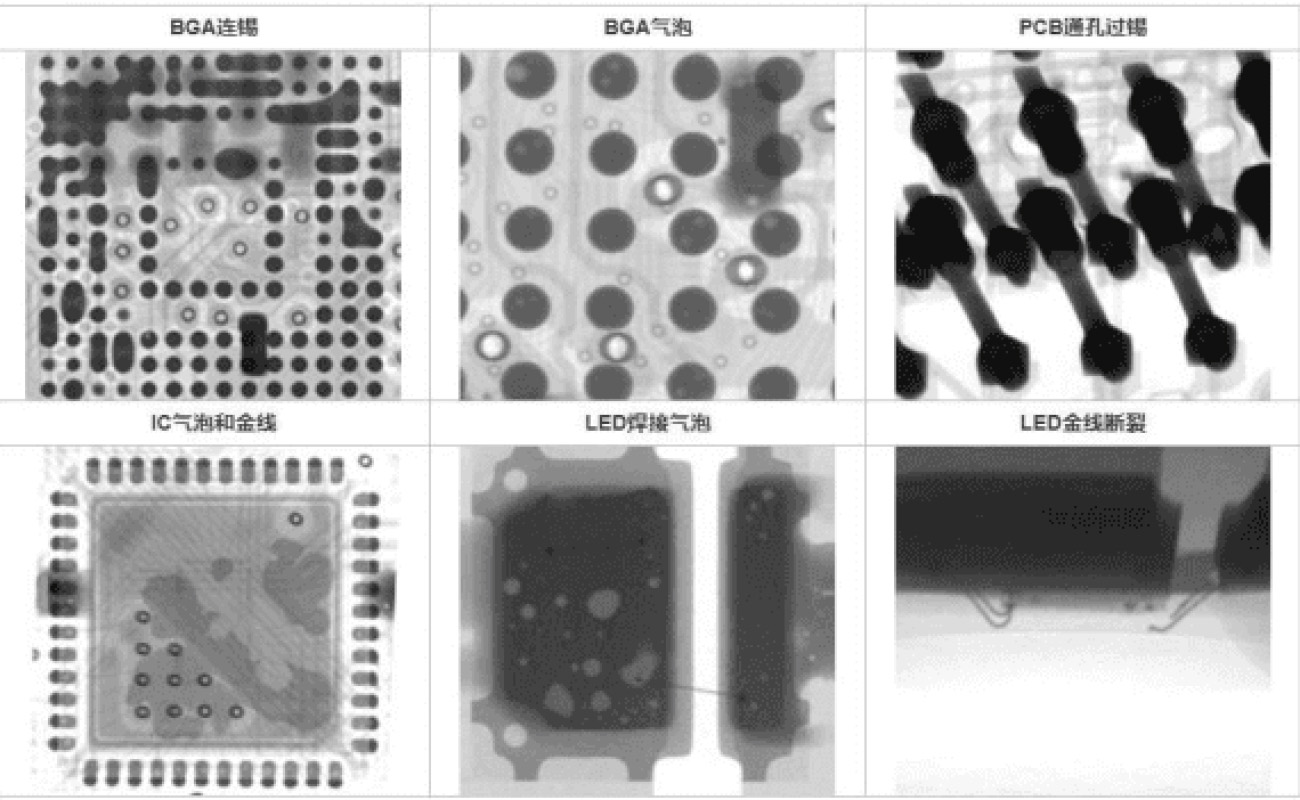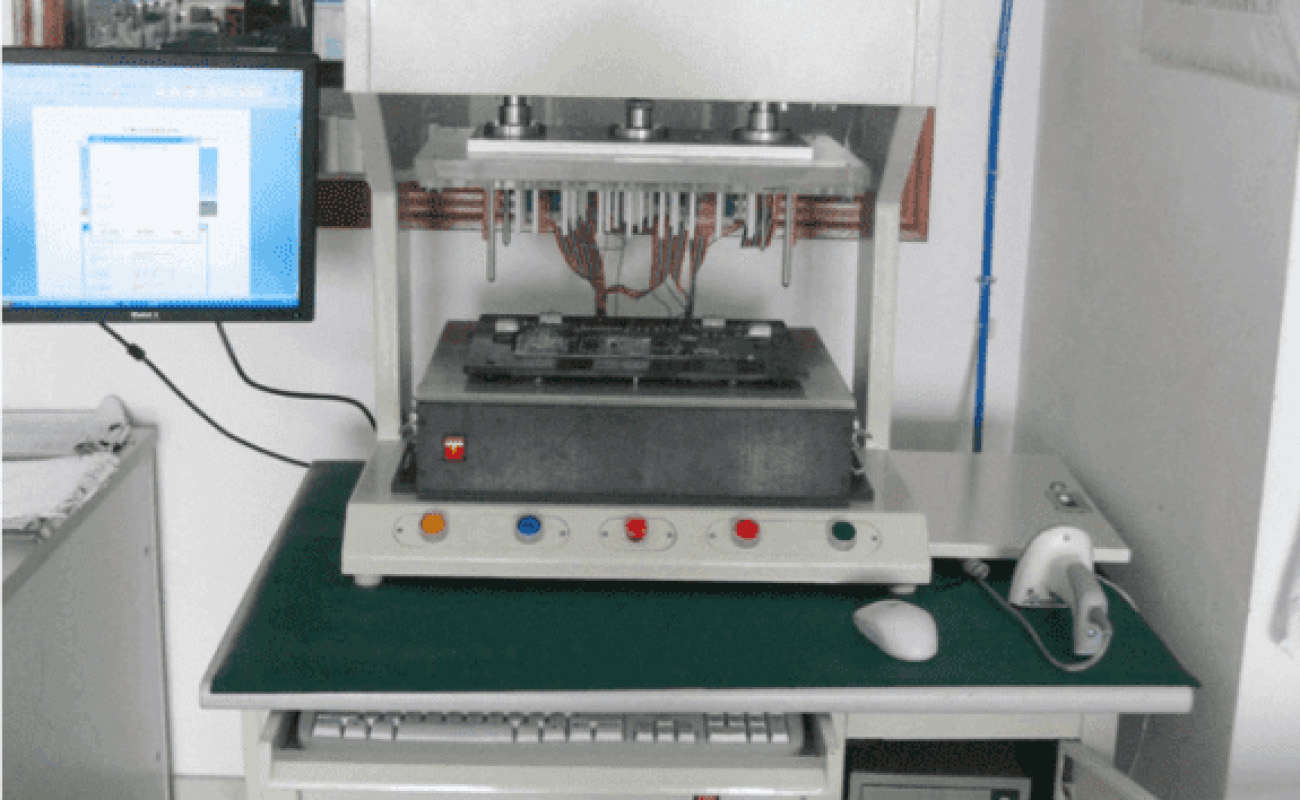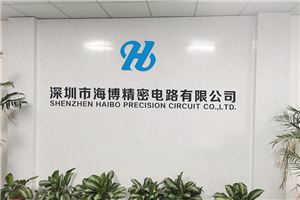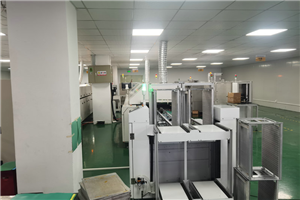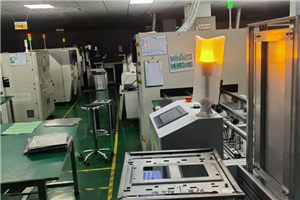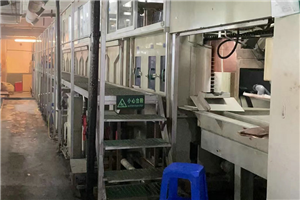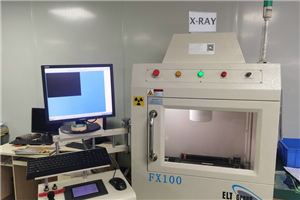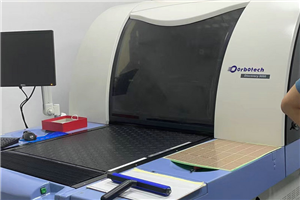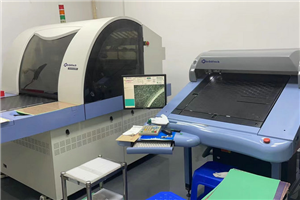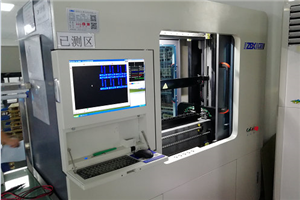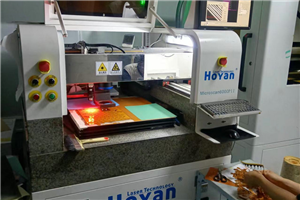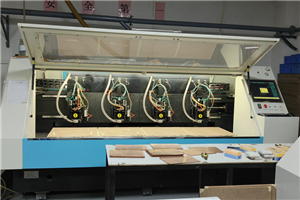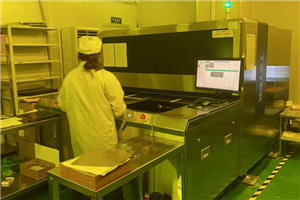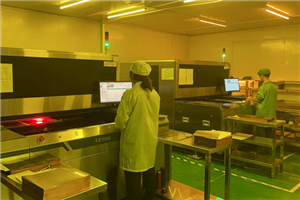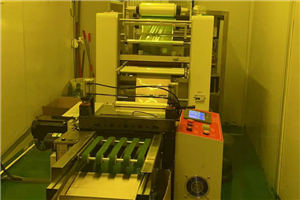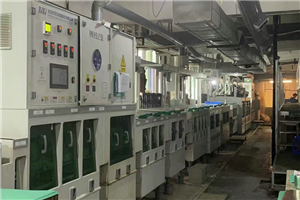Reliability testing is used to test the stability and durability of components, the compatibility of different components, and the overall performance of PCB components. It involves testing in different situations and environments, such as vibration, mechanical impact, drop, tension and shear, bending testing, high/low temperature, high humidity, salt environment, etc.
Reliability testing may involve physical testing, such as vibration or environmental testing, such as temperature cycling, moisture exposure, and solder fatigue analysis. These tests enable manufacturers to identify potential issues during customer usage. By regularly conducting these tests, manufacturers can ensure that their products can be safely used and operate as expected.
The reliability testing of PCB assembly is an essential part of the manufacturing process, ensuring that the product operates safely and normally in the expected environment. Here are some routine reliability tests:


